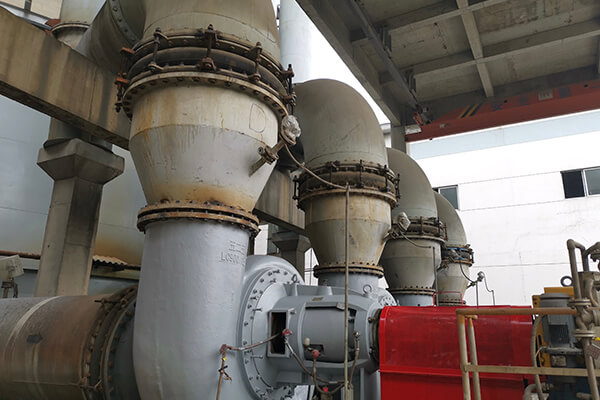When it comes to choosing the best rubber for expansion joints, it depends on the specific application and system requirements. However, there are a few commonly used rubber materials that excel in expansion joint applications.
EPDM (Ethylene Propylene Diene Monomer):
EPDM rubber is a popular choice for expansion joints due to its outstanding resistance to weathering, ozone, UV radiation, and extreme temperatures. It offers great flexibility, high elasticity, and can withstand various chemical exposures. EPDM is widely used in industries like HVAC, water treatment, and automotive.
Neoprene (Chloroprene):
Neoprene rubber is known for its resistance to oil, gasoline, ozone, and weathering. It boasts excellent mechanical properties, including high tensile strength and tear resistance, making it suitable for applications with exposure to oils and fuels. Neoprene is commonly used in expansion joints for piping systems in the oil and gas industry.
Nitrile (NBR):
Nitrile rubber is resistant to oils, fuels, greases, and many chemicals. It offers good mechanical properties and can withstand a wide temperature range. Nitrile rubber is frequently used in expansion joints for applications involving petroleum-based fluids, such as fuel lines and hydraulic systems.
Natural Rubber:
Natural rubber exhibits excellent elasticity, tear resistance, and abrasion resistance. It provides good resilience and high flexibility, making it suitable for applications that require movement and vibration absorption. Natural rubber finds common use in expansion joints for industries like HVAC, construction, and mining.
It’s crucial to consult with an engineer or rubber specialist to determine the best rubber material for your specific expansion joint application. Considering factors such as temperature range, chemical exposure, mechanical stress, and environmental conditions will ensure optimal performance and longevity of the expansion joint.
Post time: Jun-30-2023



